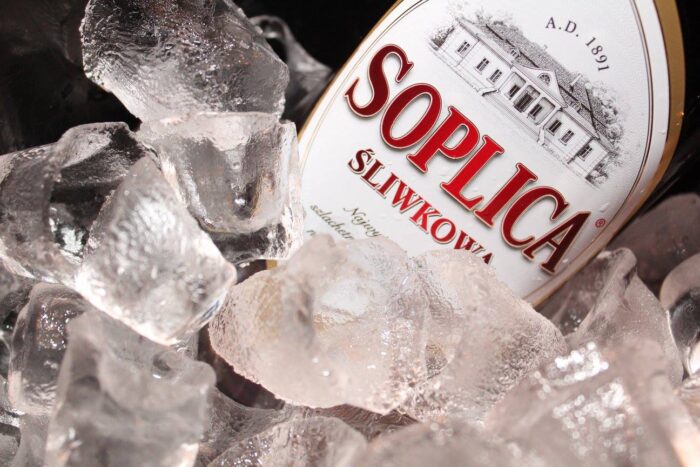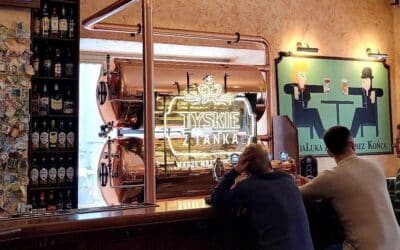Polish Independence – The 11th of November
The 11th of November is commemorated worldwide to mark the end of the First World War. However, in Poland it also has a special significance. This date marks Poland’s independence since 1918. Poland had not actually existed as a nation for 123 years prior to this date. It had been partitioned between the powers of Austro-Hungary, Prussia, and Russia. However, Poland did not take those occupations lying down. Thos years where it didn’t exist as a nation were marked by rebellions, protests, and resistance.
Vodka in Politics and War
Naturally, it should come as no surprise that vodka is intertwined with the struggle for independence. One of the most famous brands of Polish vodka is Soplica. First produced in 1891, Soplica is recognised as the oldest industrially produced vodka in Poland. Its creator, Bolesław Kasprowicz, was also involved in the Polish independence movement. Kasprowicz served as the president of Gniezno and was also involved in the Wielkopolska Uprising of 1918-1919. Consequently, this uprising had a significant effect on the Treaty of Versailles, and the territory that the Second Polish Republic received.

In Russia (including the regions of Poland it controlled), vodka remained a state-owned monopoly until 1863. This meant that if a Polish person were to produce vodka at home, it was a subtle act of resistance. This bears similarity to the Irish poitín makers in the 19th and 20th centuries, and bootleggers of prohibition. The Russian defeat in the Russo-Japanese war of 1905 resulted in a Tsarist ban of vodka – a move that stunned the empire. The ban in 1914 provoked riots and mass violence, as drinking dens were burnt and police fired on rioters. This drove the alcohol industry underground.
It’s no surprise that both the Polish and Bolshevik governments recognised the power of vodka. The Bolsheviks promptly removed the ban. However, in Poland, the new government made the production of clear vodka a monopoly again in 1925. In many ways, vodka can be considered to be the lifeblood of a nation.
Poland’s Changing Borders
Poland has changed a lot over the years. It was once the largest nation in Europe. However, at the same time, it also didn’t exist on a map for more than a century. Its borders have shifted incredibly – more than any other country in Central/Eastern Europe. In the 17th century, Poland’s borders stretched from the Baltic to the Black sea. The end of WWII saw its borders move over 100km to the west, at the behest of Stalin. It can be hard for outsiders to appreciate the significance of 11th November, but for Poles it is a tribute to their resilience and tenacity in the face of adversity.
Check out the video below for a great visualisation of how Poland’s borders have changed, disappeared, and been reborn over the ages. (Tip: Best watched with x2 playspeed. You can speed up Youtube videos by clicking on the settings (cog) icon and selecting playspeed)
If you enjoyed reading up on a bit of Polish history and culture, and how vodka was involved in all of this…. why not consider booking a vodka tasting with us! Otherwise, check out some of our other blogs about Polish currency.




